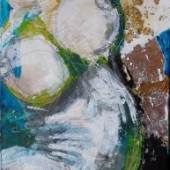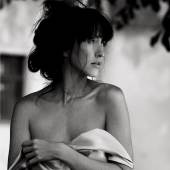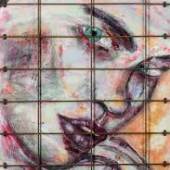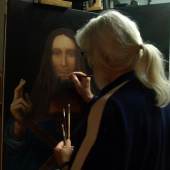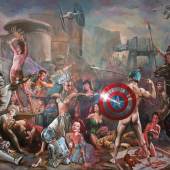Galerie Ernst
Galerie Ernst Hilger at PULSE LONDON
-
Presse11.11.2007 - 14.11.2007
Galerie Ernst
The photographer was born in Como in 1944 and studied photography in Milan and London. He has been working exclusively in photography for 25 years. In the focus of Massimo Vitali’s artistic interest stands the social ongoing at places of leisure and consumerism. Till the shoot he dwells for a while on a platform of 4 to 5 metres high so that the mugged people look as if they are unaware of the presence of the camera. On the brink of voyeurism his photos show reality without any beautification by a revision. In its simple and straight way of representation the viewer is confronted with crowded beaches, densely populated discos, shopping centres, leisure parks and supermarkets on enormous photos. They are unmistakable, detailed event-photos which show the influences of his long lasting work as a photographer as well as they bear resemblances to history painting.
In our perception there are 3 dimensions, which we ascribe to a physical space. They play a fundamental role in our comprehension of the world around us. We actually do not perceive them but they form the frame, the a priori background in which we perceive events, the perspective from which we observe. They form a set of axes relative to which we can measure our position and position and motion of all points in a surroundings, as well as their orientation.
The work originates in the artist John Gerrard being struck by what he perceived to be the peculiar devotional quality of the oil derrick, stooping repetitively to the earth as though in prayer. The title of the work relates to the wide variety of ways in which the work can be understood to be animated, both literally, in that this is a sculptural tableaux brought to life by the artist but also by the works relations to power in the form of oil and by extension to spheres of politics, economics, society.
Like an author of comics, Leikauf seems to have access to and use of an inventory of images, which is surely traced back to the anonymous pictorial style. The idea of trash is certainly no problem for the artist. Trash replicates all major genres of advanced civilization and parodies it, too. The potency of popular culture – which of course also existed before pop art – lies in its directness and supposed inarticulacy. His image-word combinations seem to be part of a collective subconscious. Naturally, it has to do with the stereotypes of media visual perception.
Mel Ramos’ provocative paintings and prints put him on the map as an important Pop artist. Over 30 years along with the heroes and heroines of popular comic series, nude, female bodies of male phantasies depicted with bold outline and bright colours dominate his artistic oeuvre. They are not beautiful by nature in the classical sense, they are more farcically and constructed in their stainlessness and glamour. He supports this staginess by pairing them with artefacts of American consumerism, which are courting with their own seductive idealization. These pin ups, whose type he took from calendar art, the girlie illustrations and the Playboy magazine, are recovered in a synthetic world, bedded on fruits, at posing with larger than life consumer goods, at the game with lifelike animals, viewed trough a keyhole and shown in the same attitude as the great nudes of the art history.
